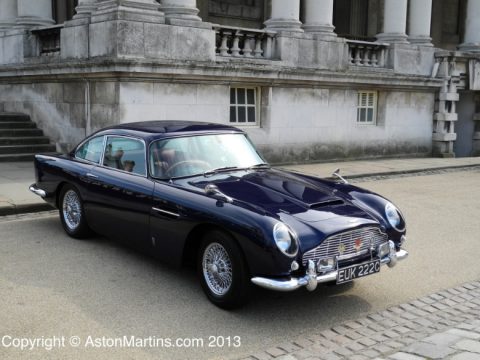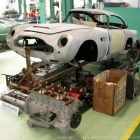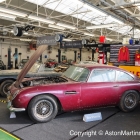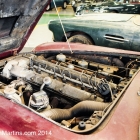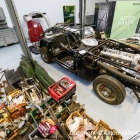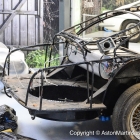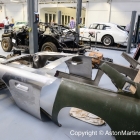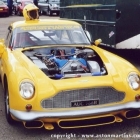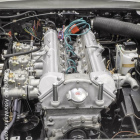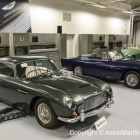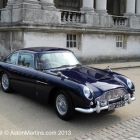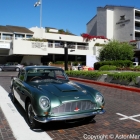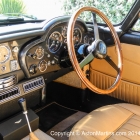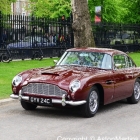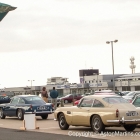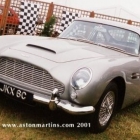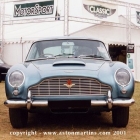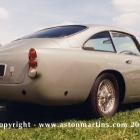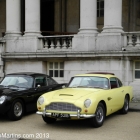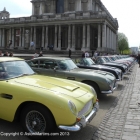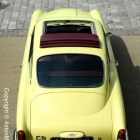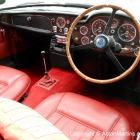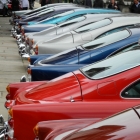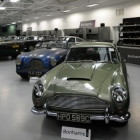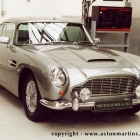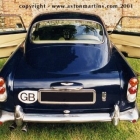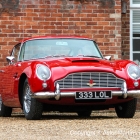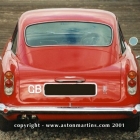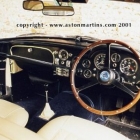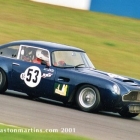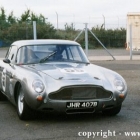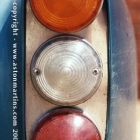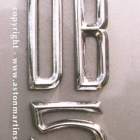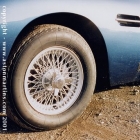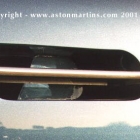Cars fitted with the standard 282 bhp engine (triple SU carbs) could be expected to record a maximum speed of 148mph. Only 65 cars of a total production run of 898 coupes were fitted with the optional Vantage engine equipped with triple Weber carbs which produced 314 bhp. Genuine examples of the DB5 Vantage are considered very desirable indeed although many standard cars have over time also been modified to ‘Vantage’ spec.
There were many detailed improvements with the DB5 which included the fitting of an alternator, tinted glass, four exhaust silencers and electric windows. Unfortunately all this and more added an extra 113 kg to the weight. Initially the DB5 had the same 4 speed David Brown gearbox from the DB4 with an option for the 5 speed box from the German company, ZF. A little way into production and the 5 speed ZF box was made standard fitting. Close to the end of production, the DB5 also received front side lights next to the indicators as seen on the DB6 and cars built in this way are quite rare.
One problem with the DB5 is the market is paying a great deal of money for the nice cars, well out or reach of the average enthusiast. So people ask me about buying a wreck and ‘doing it up’ themselves. I usually would discourage this although especially as ‘barn finds’ now fetch serious money at auction, often the same as compete road registered cars.
The car below is another ‘barn-find’ DB5. This particular car was part way through a home restoration but was never finished before the sad death of the owner. The car passed into the hands of the AMOC who decided that the best way to ensure it’s future was to sell the car and parts at the 2014 Bonhams Aston Martin auction. Shown here without panels give a good view of the Superleggera method of construction.
The car in the pictures below has a fascinating story to tell. An American owner fitted it with a Rolls Royce radiator and Mercedes headlights (sorry – no pictures!). Then in 1975 the car was stolen. It was rediscovered by Police divers at the bottom of the River Seven. After being rebuilt for the track, the car has been a regular at AMOC race meetings ever since and regularly at the front of the field. It is now know and forever as ‘The River Car’.



